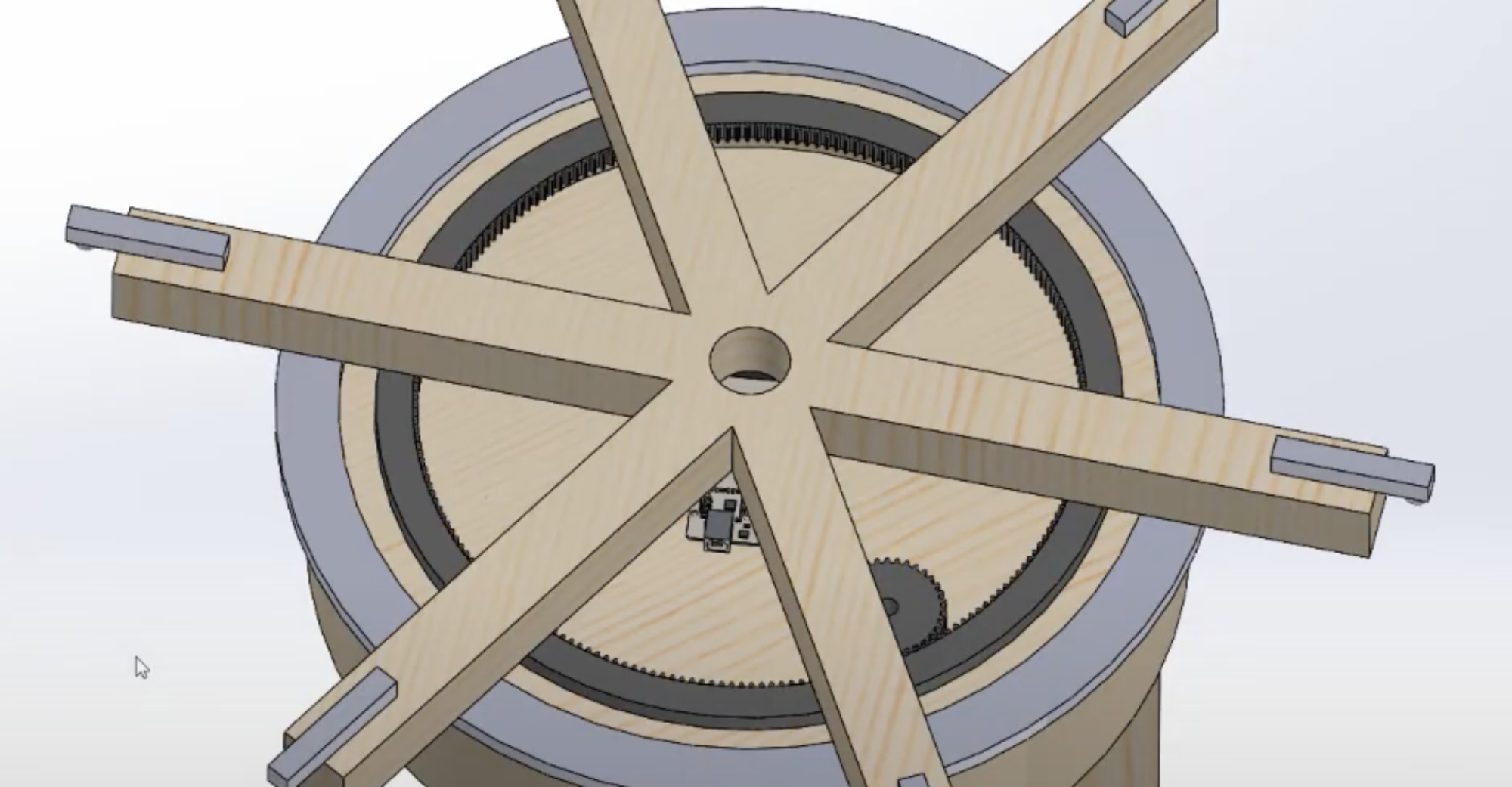RISKS AND MITIGATION
After testing most of our components and the entire system this week, we determined 2 big risks that could jeopardize the success of the project. One risk is wireless communication. In our system, we leverage NRF24L01 wireless transceivers to communicate wirelessly between our facial recognition system and item stand. Sometimes the communication is inconsistent. Data could be send from one transceiver but not received by another. This may be because we are toggling both transceivers between a receive and transmit state. We are planning on testing this more next week. Currently, we put a big delay between toggling the receive and transmit state, so the component has enough time to adapt.
The second risk is the accuracy of the facial recognition system. The facial recognition system is not as accurate as we would like at this moment in time. This is a big deal in our system because inaccurate face detection could result in the wrong user receiving their items. We plan to continue testing and refining the algorithm, especially since the team is wrapping up on the hardware component of the project.
DESIGN CHANGES
From the stand integrity part of our design requirements, we stated that each load cell should be able to hold 25 pounds. However, we have realized that the load cell we have purchased can only detect up to 22 pounds in weight. Additionally, when doing end to end testing this past week with items of various weights, the heaviest item that was placed on the rack was only 10-15 pounds. As a result, we are decreasing the maximum weight for each load cell from 25 pounds to 20 pounds. This would mean the the maximum total weight that can ever be on the item stand at once is 120 pounds. This modification does not incur any costs. It is simply more realistic with the weights for the types of items we expect users to place on the rack. For the other design requirements (detect an item has been added or removed within 1 second, 95% accuracy for facial recognition, etc), we will do further testing and make necessary modifications to attempt to satisfy them.
SCHEDULE
The schedule remains the same. However, we are utilizing some time in our slack time to fix any unforeseen issues and ensure our use case and design requirements are meant. Not considering these minor modifications, all members have completed their required tasks, and what remains is further testing.
VERIFICATION/VALIDATION
As a team, we plan to combine all the components into one system before running our tests. For facial recognition, we want to mostly implement the tests we described during the design proposal. We will test with users standing at various distances from the camera, with the ideal result being that users can only interact with the system within 0.5 meters. We also want to maintain accuracy, so we are planning to test our facial recognition accuracy with at least 20 different faces, with an ideal result of at least 95% accuracy. To test the integration between our hardware and software components, we plan to run tests that model real life scenarios, in addition to the specific tests we listed in our design proposal. For example, we can have several people check in and out of the system in various orders in order to determine if the system is able to accurately keep track of user belongings. For the item stand, we will be using various weights and seeing if the item stand is damaged or can rotate. We will also be introducing weight imbalance- putting a very heavy weight one side and rotating the item stand. Lastly, we want to time how long the process of checking-in our checking-out takes. We want to ensure that the motor can rotate the the correct position and that updates between the facial recognition system and item stand do not take long. This will mean making modification to our code to lessen certain delays or increasing the acceleration/speed of the motor.
